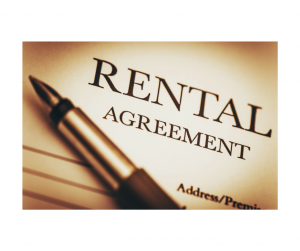In 2008 two firefighters perished while answering an emergency call to a house fire in Colerain Township.
Investigators determined the source of the fire was a fan used in a basement orchid cultivation room. In another part of the basement was a marijuana cultivation room. The family of one of the firefighters brought a wrongful death suit against the homeowner alleging that the orchids were being used as a subterfuge to camouflage the illegal marijuana operation. The suit also included claims against the manufacturers of the radio and other equipment used by the firefighters.
In Ohio, property owners are generally immune from liability for such suits. The “Firefighter’s Rule” is a judicial rule that provides a general immunity to property owners from liability to injuries or death to firefighters incurred in the call of duty.
Imagine if a property owner was afraid to call 911 to report a fire for fear of being sued if the firefighters were injured. As a society, we want to encourage people to report fires and utilize our emergency services to combat fire. Indeed, we spend a great deal of money to provide those services and make sure that firefighters are prepared to fight fires. We teach our children to dial 911.
Firefighting is a dangerous job; that danger is accounted for via financial compensation and benefits, as well as life insurance for the firefighter’s family.
The Firefighter’s Rule provides four exceptions to the broad immunity for property owners: (1) where the injury resulted from the owner’s willful or wanton misconduct or affirmative negligent act; (2) where the injury is a result of a hidden trap on the premises; (3) where the injury resulted from the owner’s violation of a duty imposed by law enacted for the benefit of firefighters; or (4) where the owner knew of the firefighter’s presence on the premises but failed to warn the firefighter of a known, hidden danger on the premises. Hack v. Gillespie, 74 Ohio St.3d 362, 365, 658 N.E.2d 1046, 1049 (Ohio, 1996) quoting Scheurer v. Trustees of Open Bible Church (1963), 175 Ohio St. 163, 23 O.O.2d 453, 192 N.E.2d 38.
In this case, the firefighter’s family alleged that the marijuana growing constituted willful or wanton misconduct, but failed to establish (a) that cultivating marijuana is per se willful or wanton conduct or (b) that the marijuana cultivation caused the firefighter’s death.
In reviewing the facts of the case and the above exceptions to the Firefighter’s Rule, the trial court found that none of the exceptions applied and granted summary judgment to the homeowners.
While the trial court’s decision may seem like harsh justice, the Firefighter’s Rule represents a public policy choice that recognizes that Firefighters have dangerous jobs, and as such, the cost of that risk is spread across the entire community and in effect “prepaid” in the form of salaries and benefits, rather than assessed against individual property owners via lawsuits after the fact.
The case is currently before the Hamilton County Court of Appeals, Case No. C 1400274.
 Many of those engaging in commerce of all sorts are commonly using electronic signatures today, including on real estate contracts and other documents. Documents that require an “acknowledgement” or “notary seal” still must be signed in-person, but otherwise, the act makes the e-signature just as effective.
Many of those engaging in commerce of all sorts are commonly using electronic signatures today, including on real estate contracts and other documents. Documents that require an “acknowledgement” or “notary seal” still must be signed in-person, but otherwise, the act makes the e-signature just as effective.


